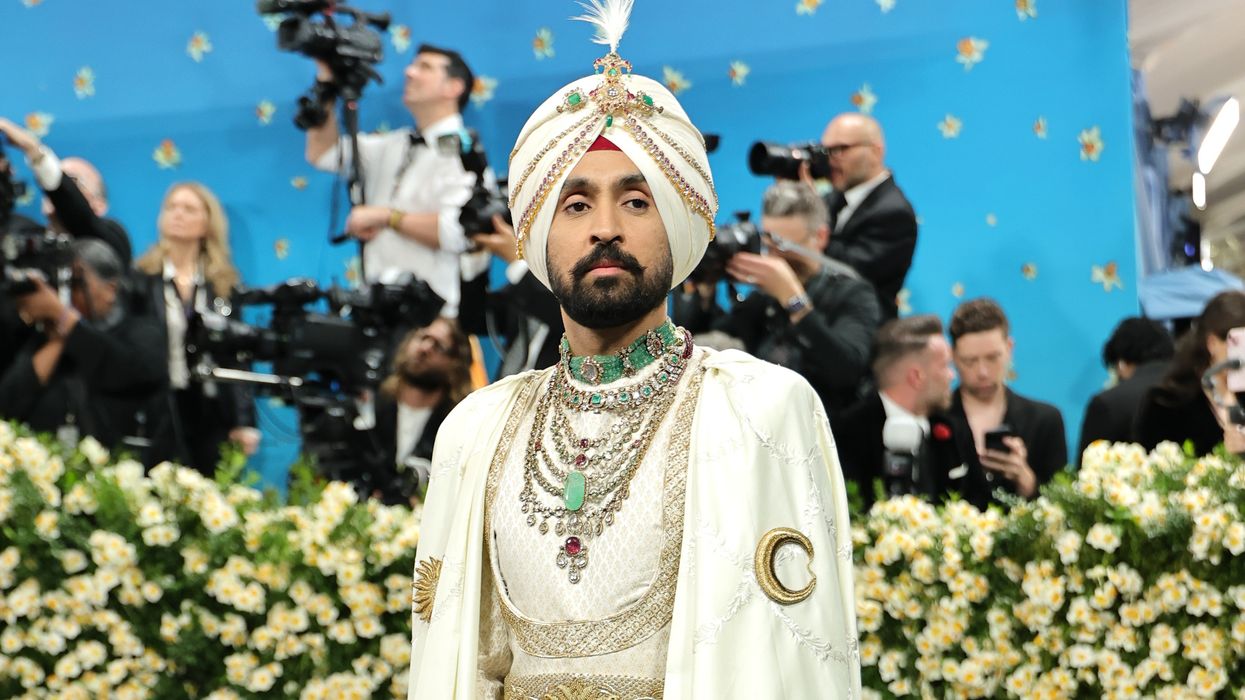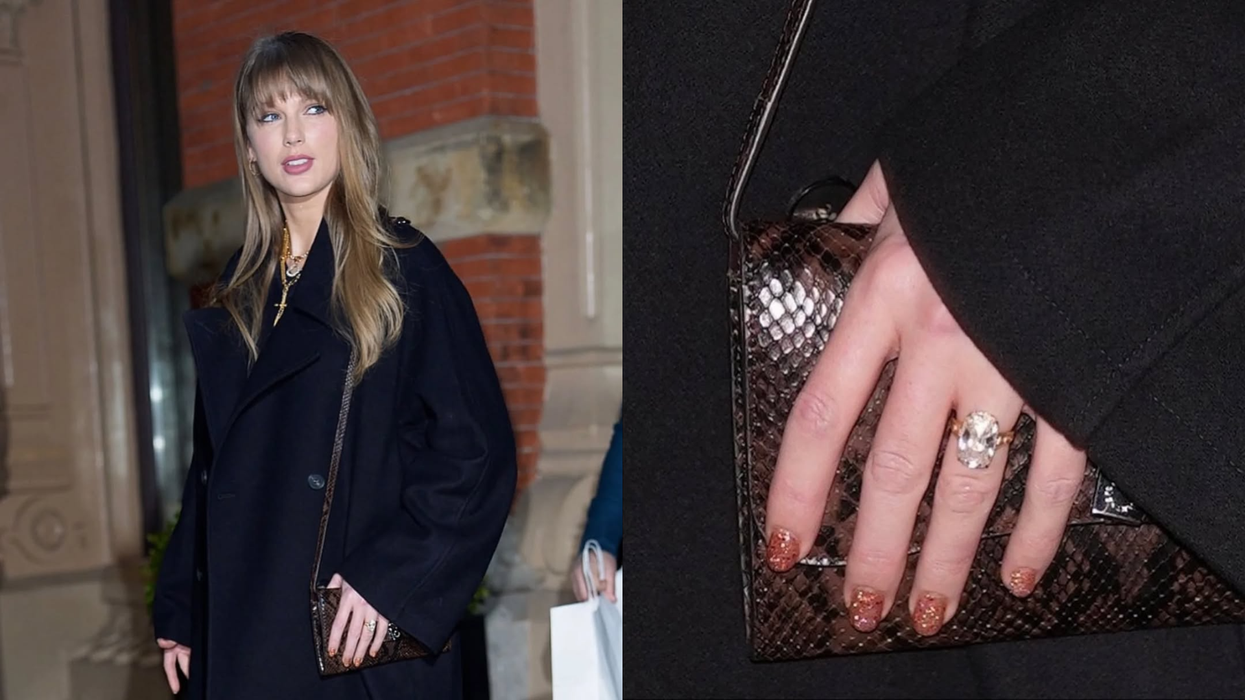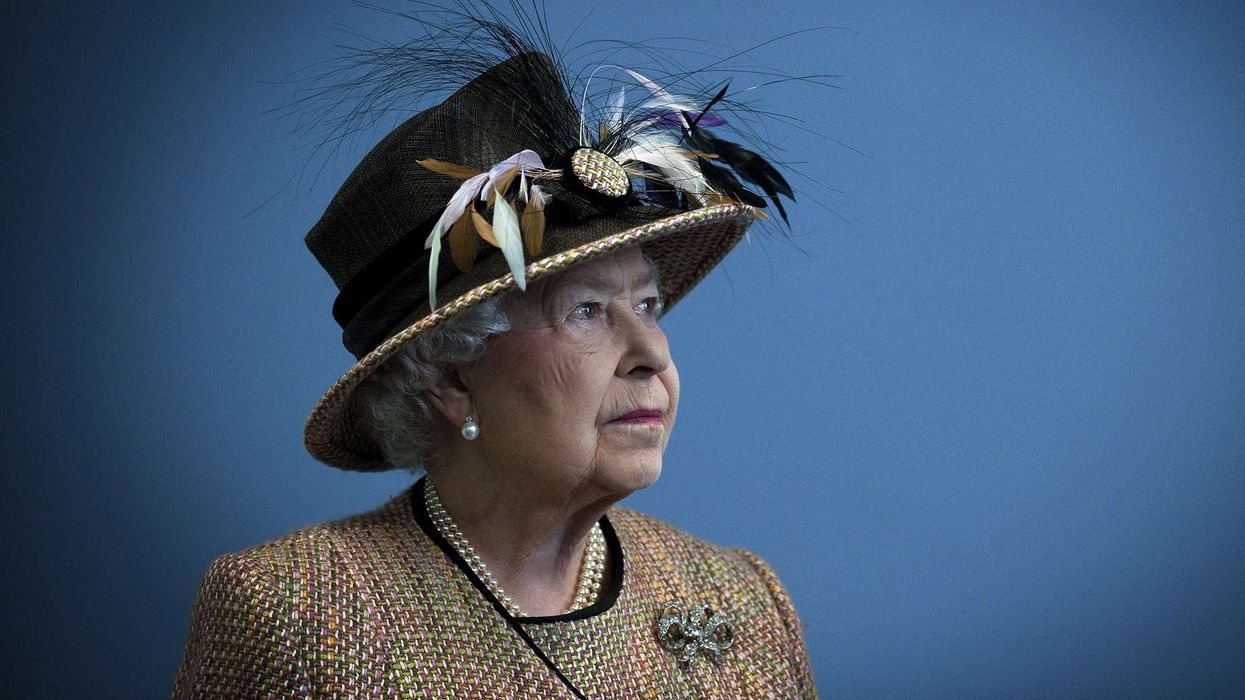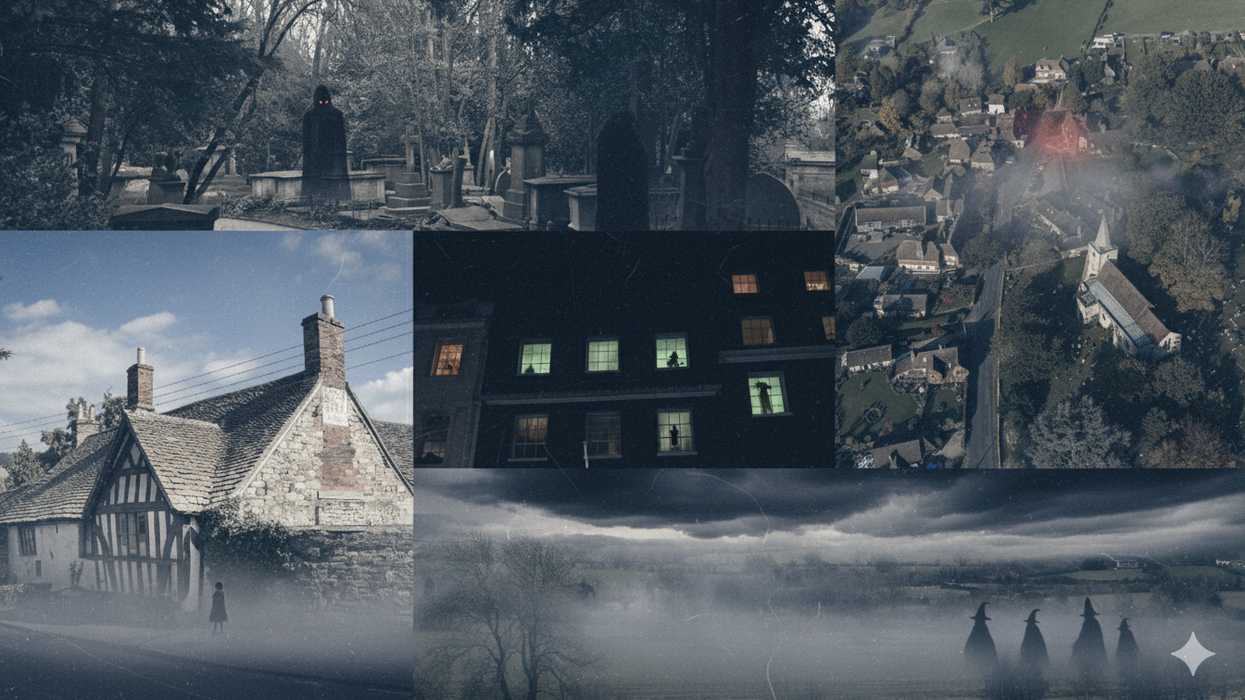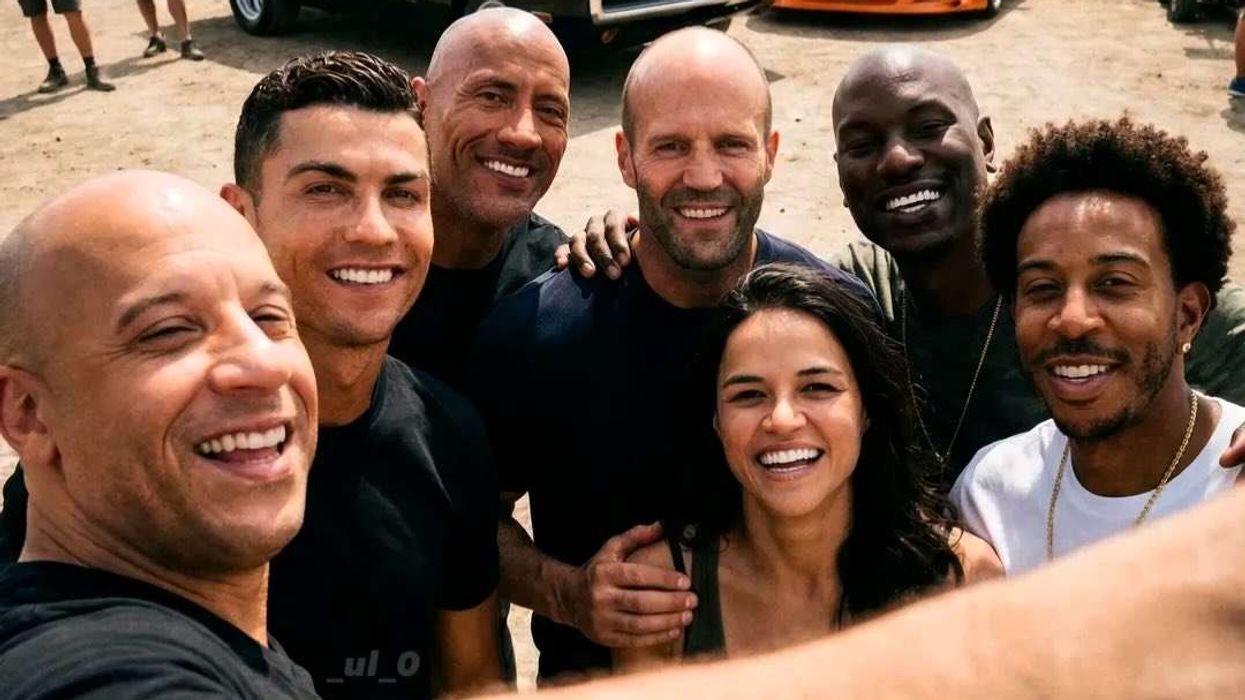When Diljit Dosanjh stepped onto the Met Gala red carpet this year, he didn’t just show up in a designer outfit but walked in carrying history. Dressed in an all-white ensemble with a turban, a kirpan and a spectacular necklace layered with emeralds and diamonds, Dosanjh paid tribute to Maharaja Bhupinder Singh of Patiala, a name long associated with grandeur and timeless elegance.
The necklace was made in Jaipur by Golecha Jewels, who spent nearly four months crafting the piece. It wasn’t a copy of the original Patiala necklace, which vanished decades ago, but a fresh creation inspired by archival images and Dosanjh’s personality. It featured over 2,500 stones, with the emerald centrepiece weighing close to 130 carats, according to jeweller Manav Golecha.
This wasn’t just about recreating a look from the past. Diljit’s team had tried to borrow the original Cartier necklace, a 1,000 carat marvel made for the Maharaja in 1928, but were turned down, as it remains sealed in a museum. Instead, they chose to reimagine the spirit of it. “The idea was to reflect royalty, but also Diljit’s humility and strength,” said Golecha.
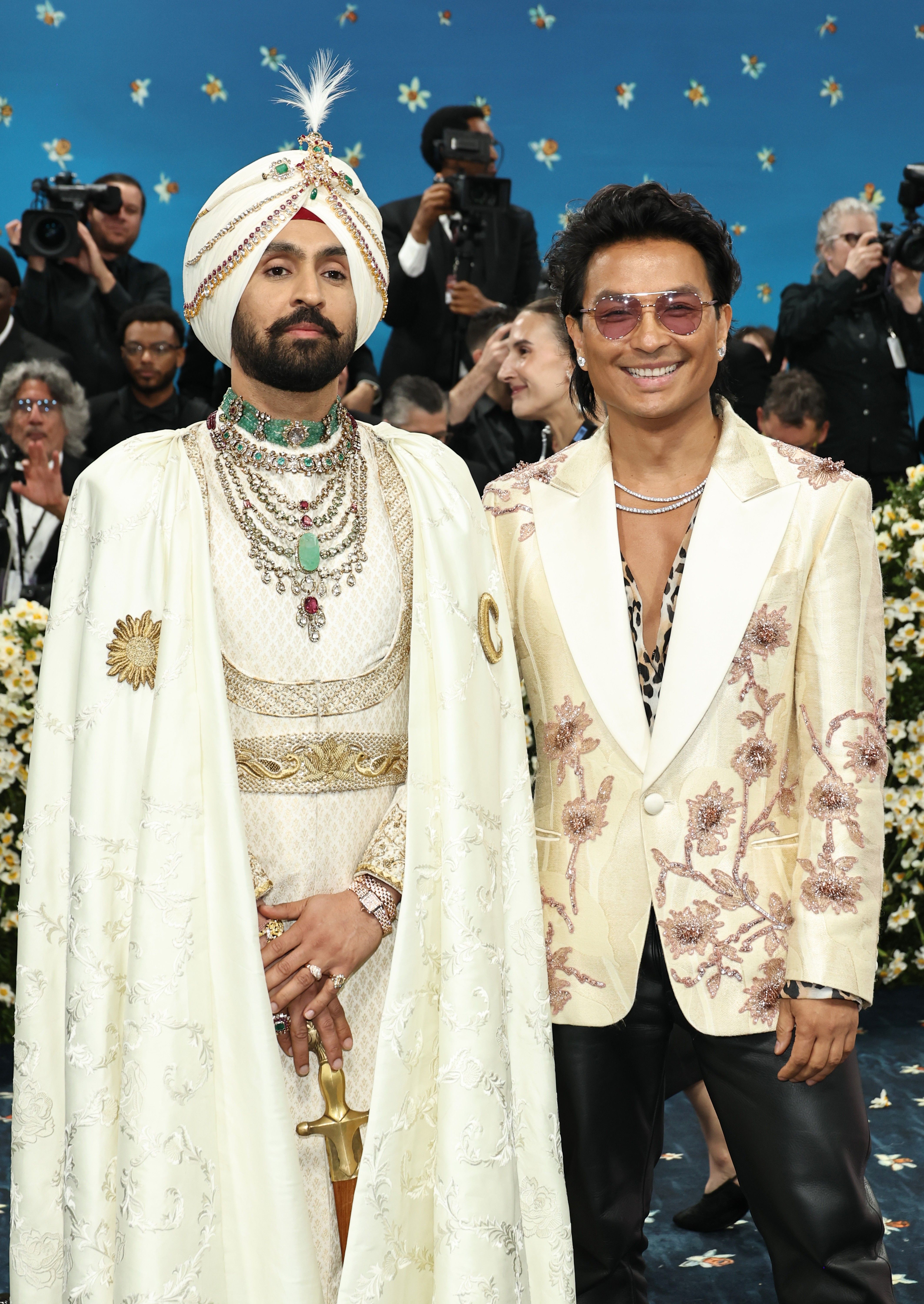
The look sparked wider interest in the story behind the original Patiala necklace, a necklace so extravagant that Cartier took three years to finish it. Its centrepiece was a De Beers yellow diamond the size of a golf ball. After India’s independence, it mysteriously disappeared. Pieces resurfaced years later, some in antique stores in London. Cartier eventually restored what they could, but the original remains incomplete, like a puzzle with no real ending.
However, at this year’s Met Gala, Diljit didn’t need the original to make his mark. His outfit, from the Gurmukhi script embroidery to the lion-headed kirpan, stood out for its cultural clarity. This was not just fashion. It was a reclamation. A moment of visibility. A Punjabi artist, standing tall at one of the world’s most-watched fashion events, unapologetically rooted in his language, his people and his past.
And in a world that often strips heritage down to aesthetics, that quiet pride might be the best look of all.
